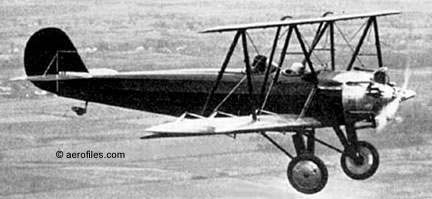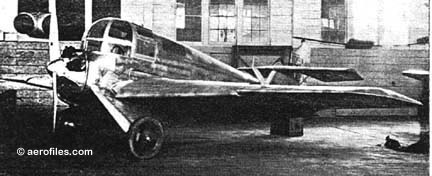|
| |
 Alfaro X-13
Alfaro X-13 Burnelli GX-3
Burnelli GX-3 Cunningham-Hall X-90
Cunningham-Hall X-90 Curtiss Tanager
Curtiss Tanager Dare Safety Airplane
Dare Safety Airplane |
In 1926, philantrophist Daniel Guggenheim offered a $100,000 main prize and five $10,000 secondary awards for aircraft that could meet certain requirements: For the time these were stiff requirements, but enticing incentives for manufacturers who all could use such a windfall (especially considering this was in 1930s dollars), and 27 announced of their entry into the Competition, with six of those from other countries. The event officially began on Apr 30, 1927, and ended on Oct 1, 1929. Natural attrition being what it was, only 15 planes showed up — 14 American and one British. Of these, three withdrew before flight testing began, two crashed in preliminary trials, and eight failed to meet any of the requirements! Only two planes made it to final competitions, a British Handley-Page HP-39 and a Curtiss Tanager. The Curtiss took the first prize. It might be fair to add that Curtiss was making use of Handley-Page patented fully-slotted wings on their Tanager, for which no license had been obtained nor any royalty paid. At the end of 18 month's court action (as usual, lawyers were the only true winners), Curtiss finally admitted to a 'technical infringement' of Handley-Page's patent. In all probability the H.P.39 Gugnunc would otherwise have been the winner. (-- Andrew Sellon 4/20/04) Original entrants were: Many innovations and technologies first appearing at the Competition are in use today — automatic leading-edge slots, automatic and manual trailing-edge flaps, adjustable horizontal tail ("trim"), oleo gear struts to absorb the shock of landing, and wheel brakes — and the planes were the forebears of the now common STOL and VTOL aircraft. |
